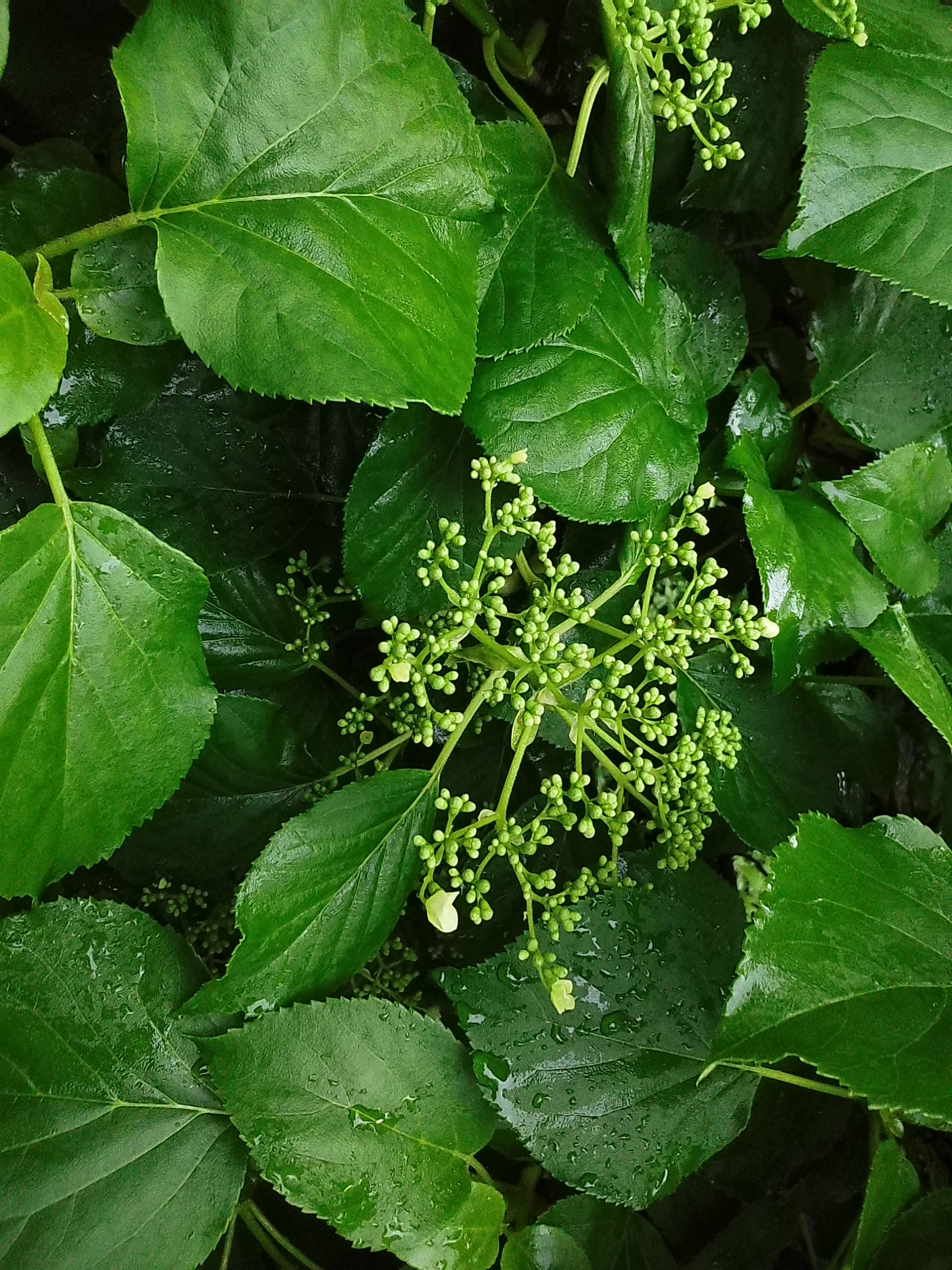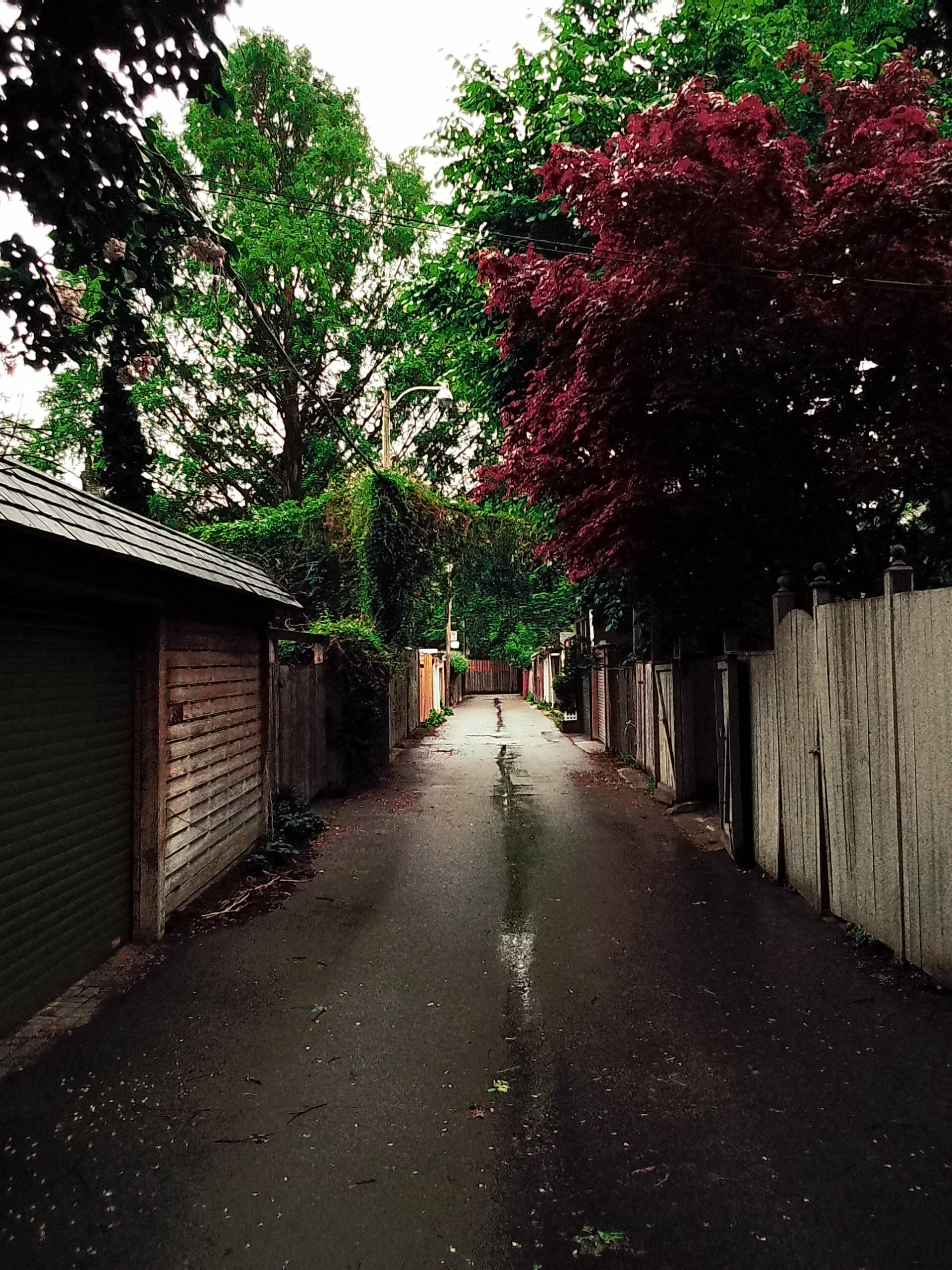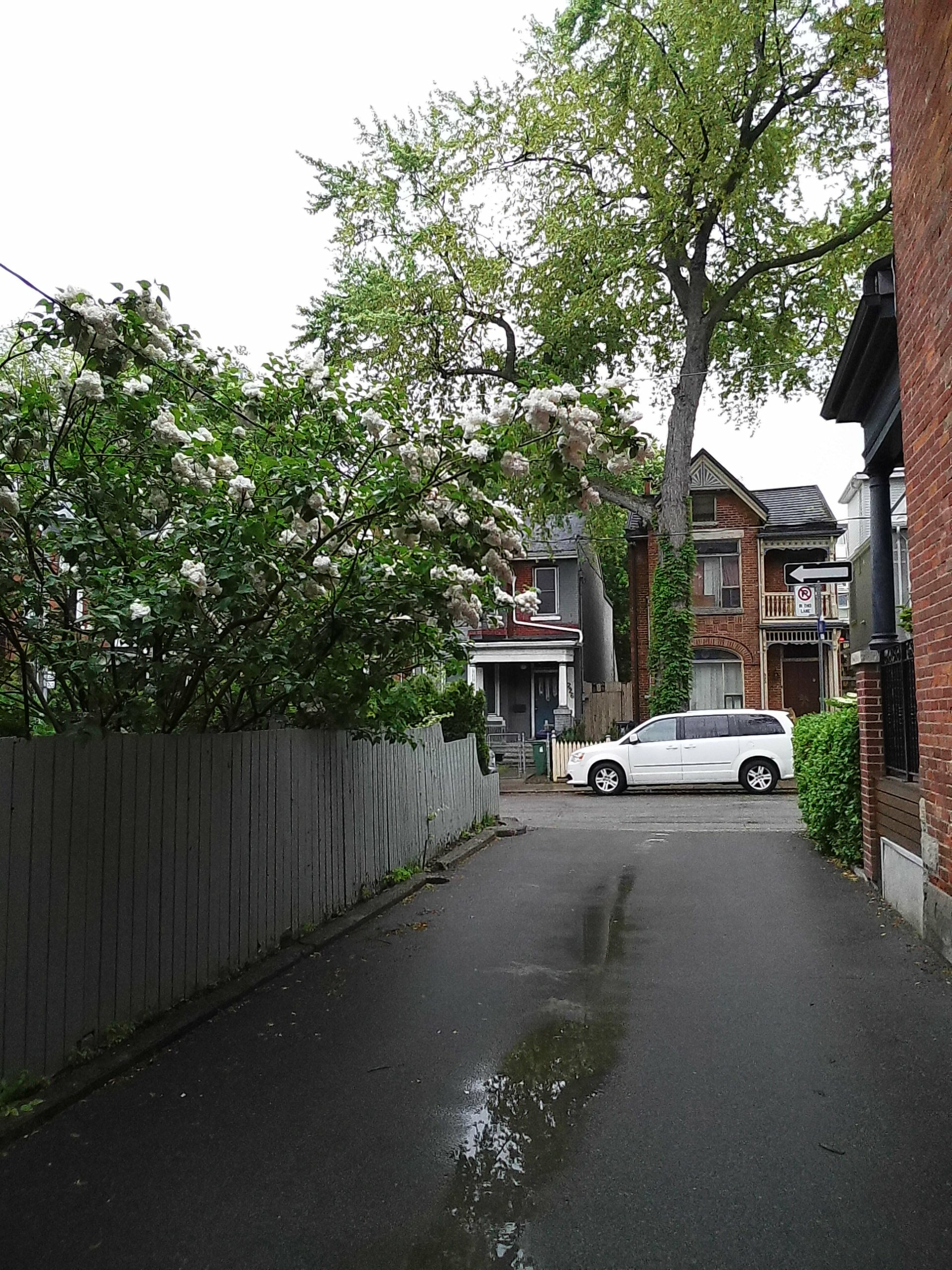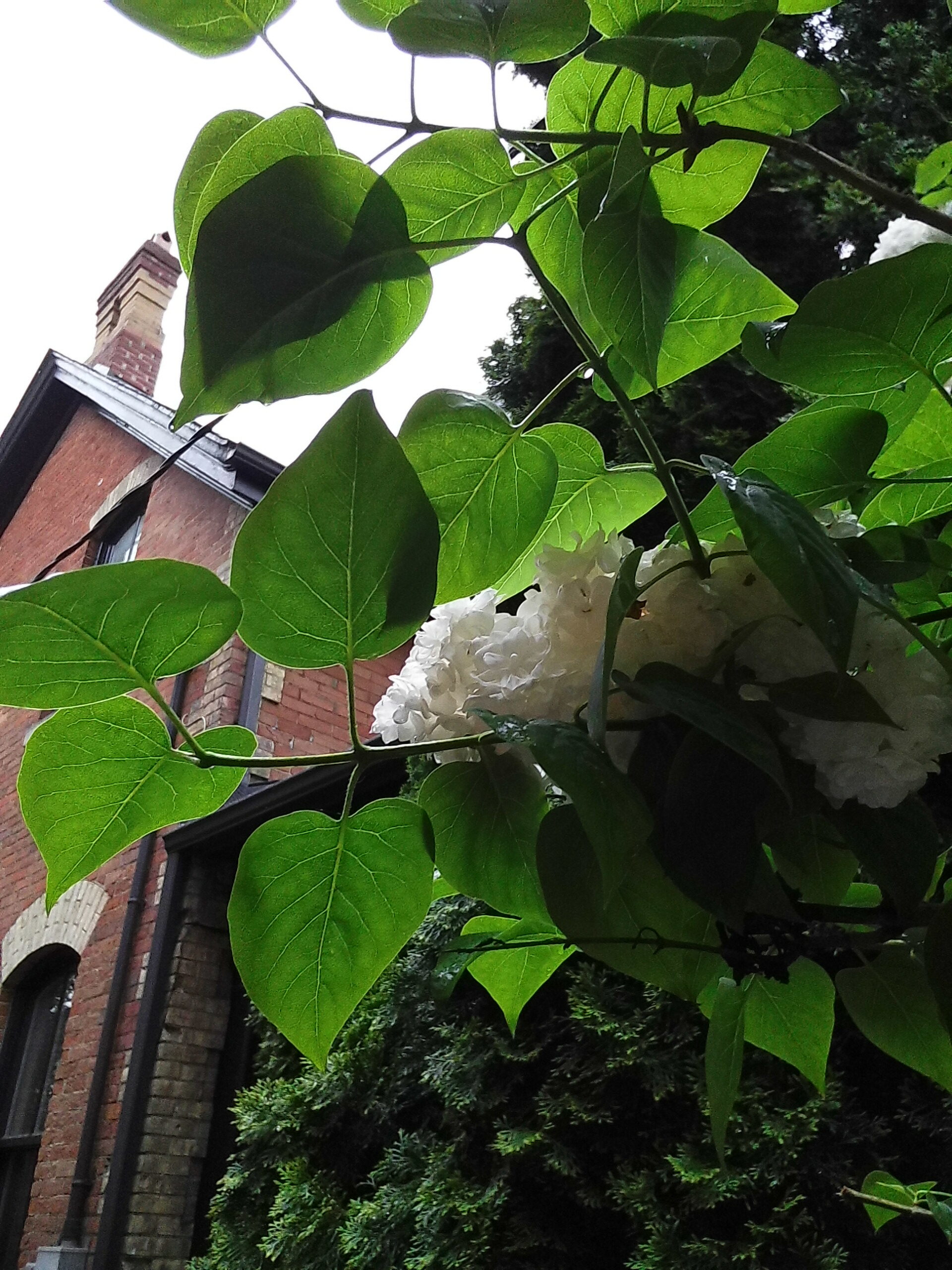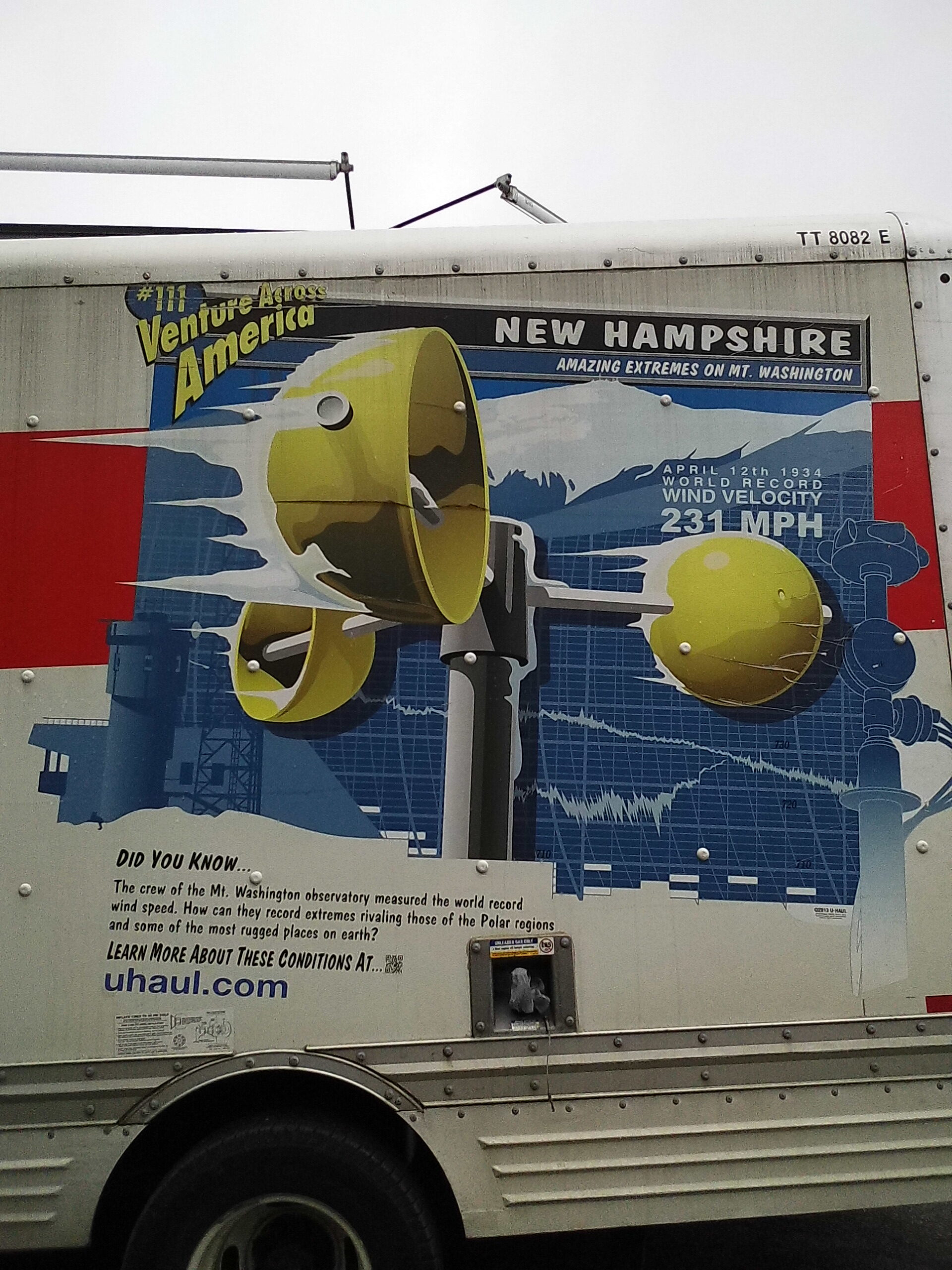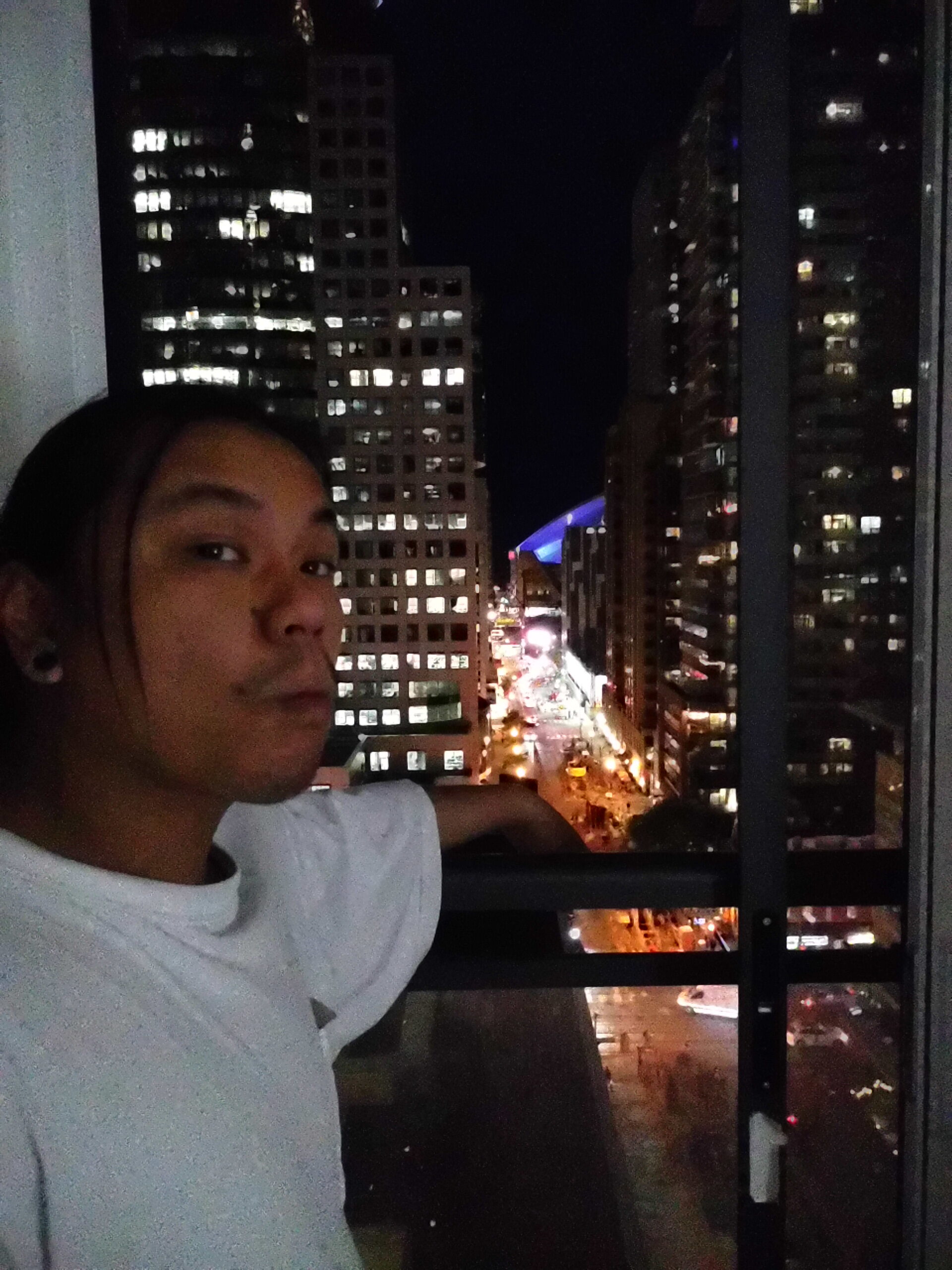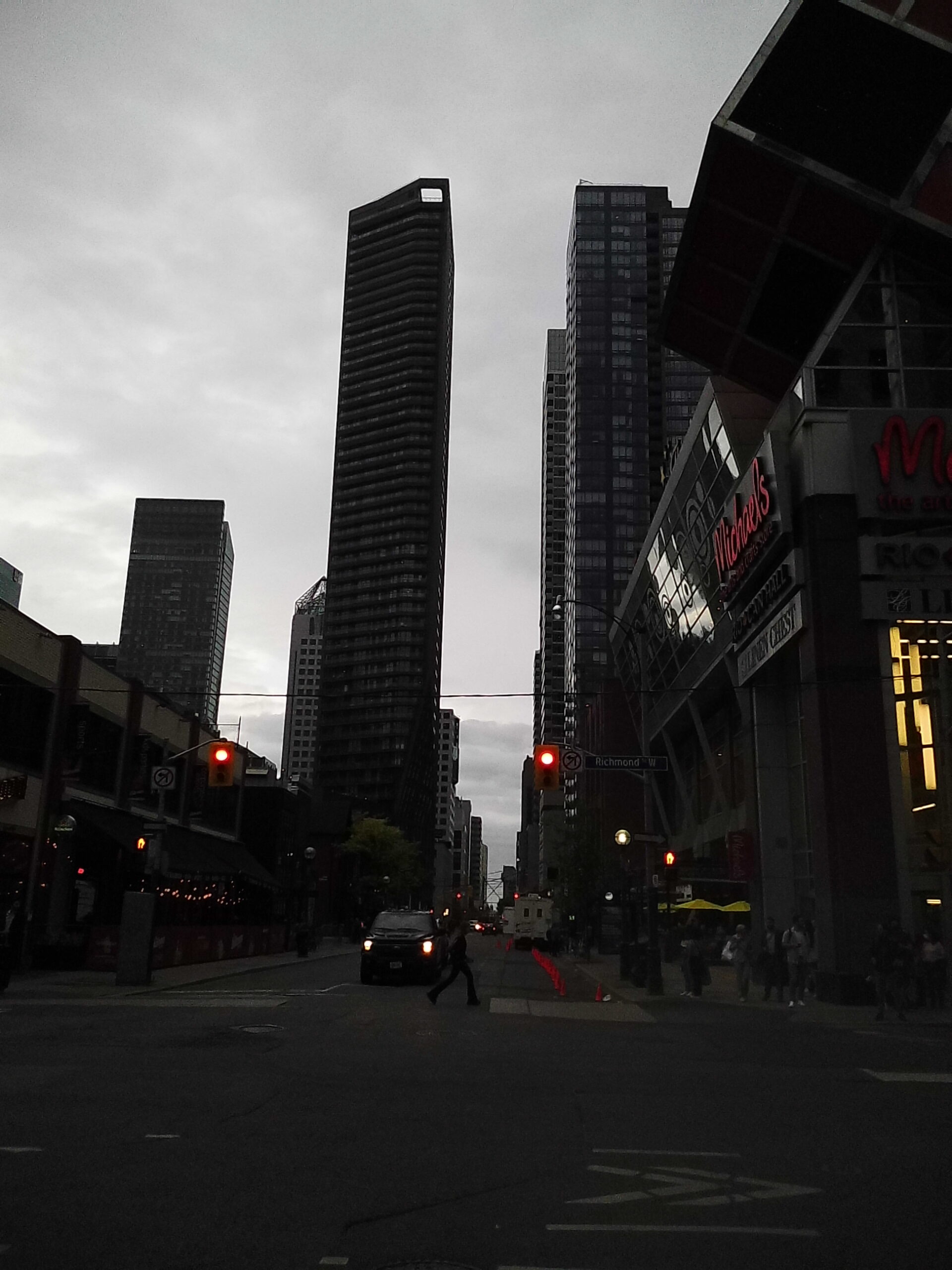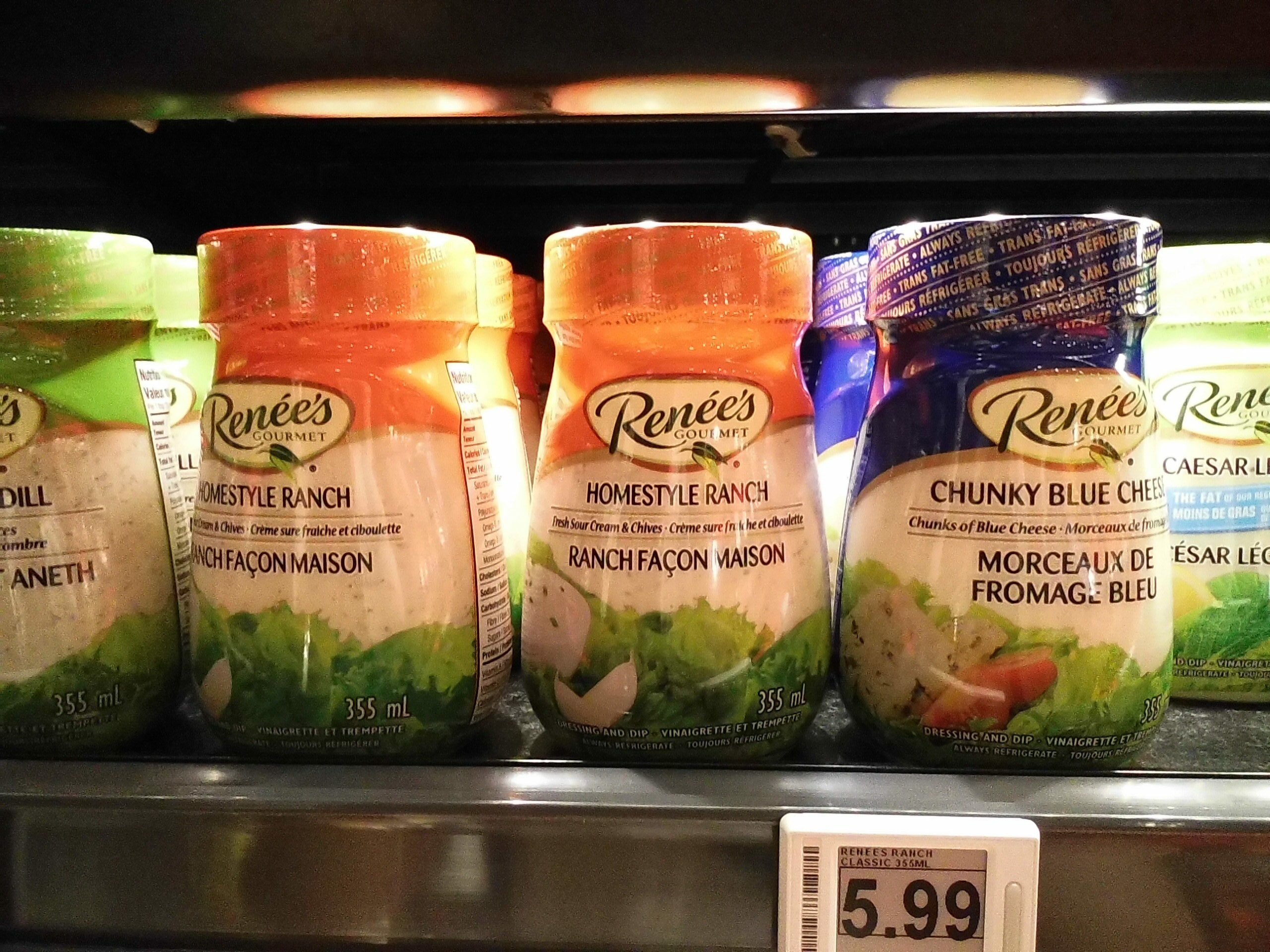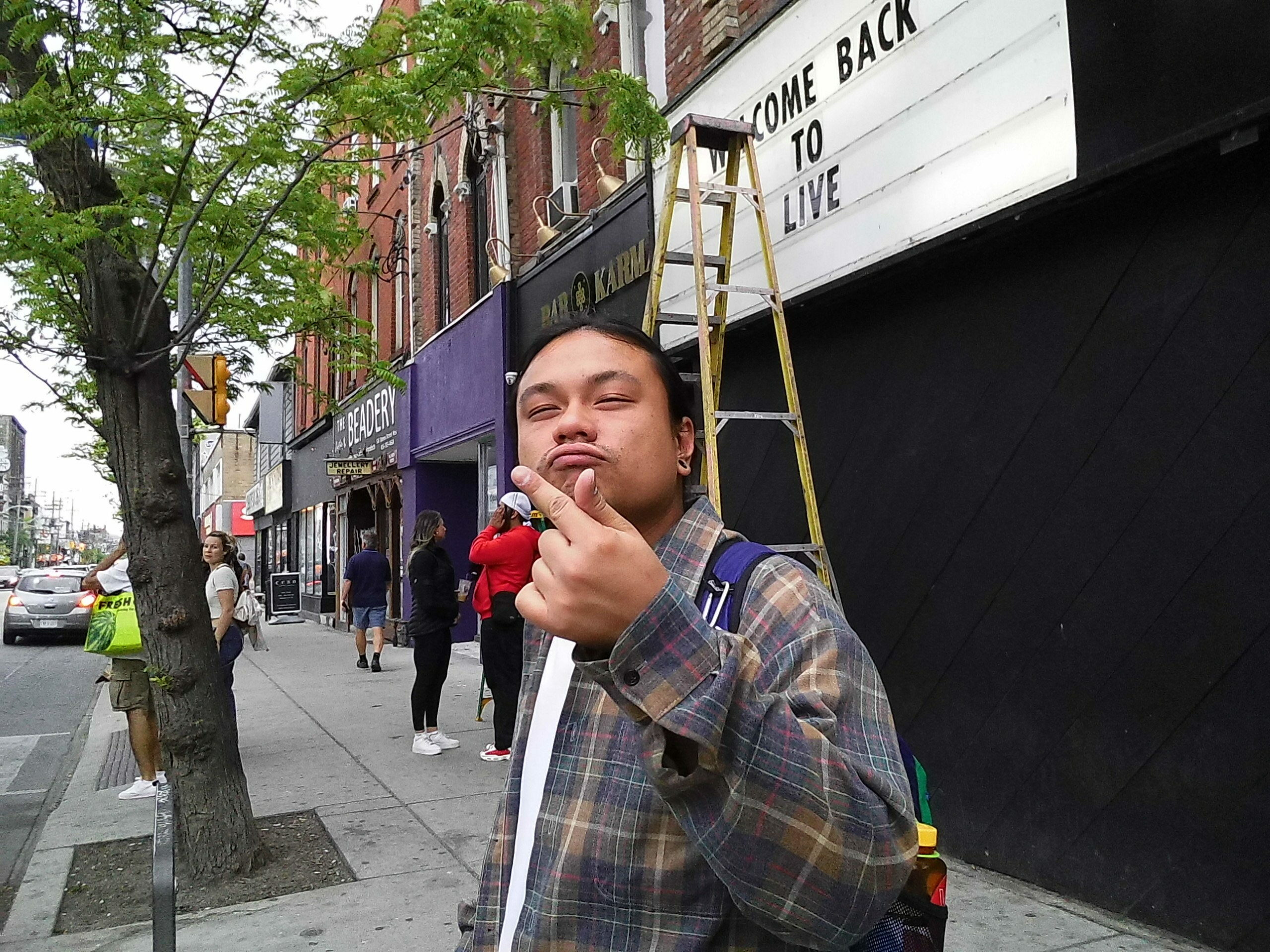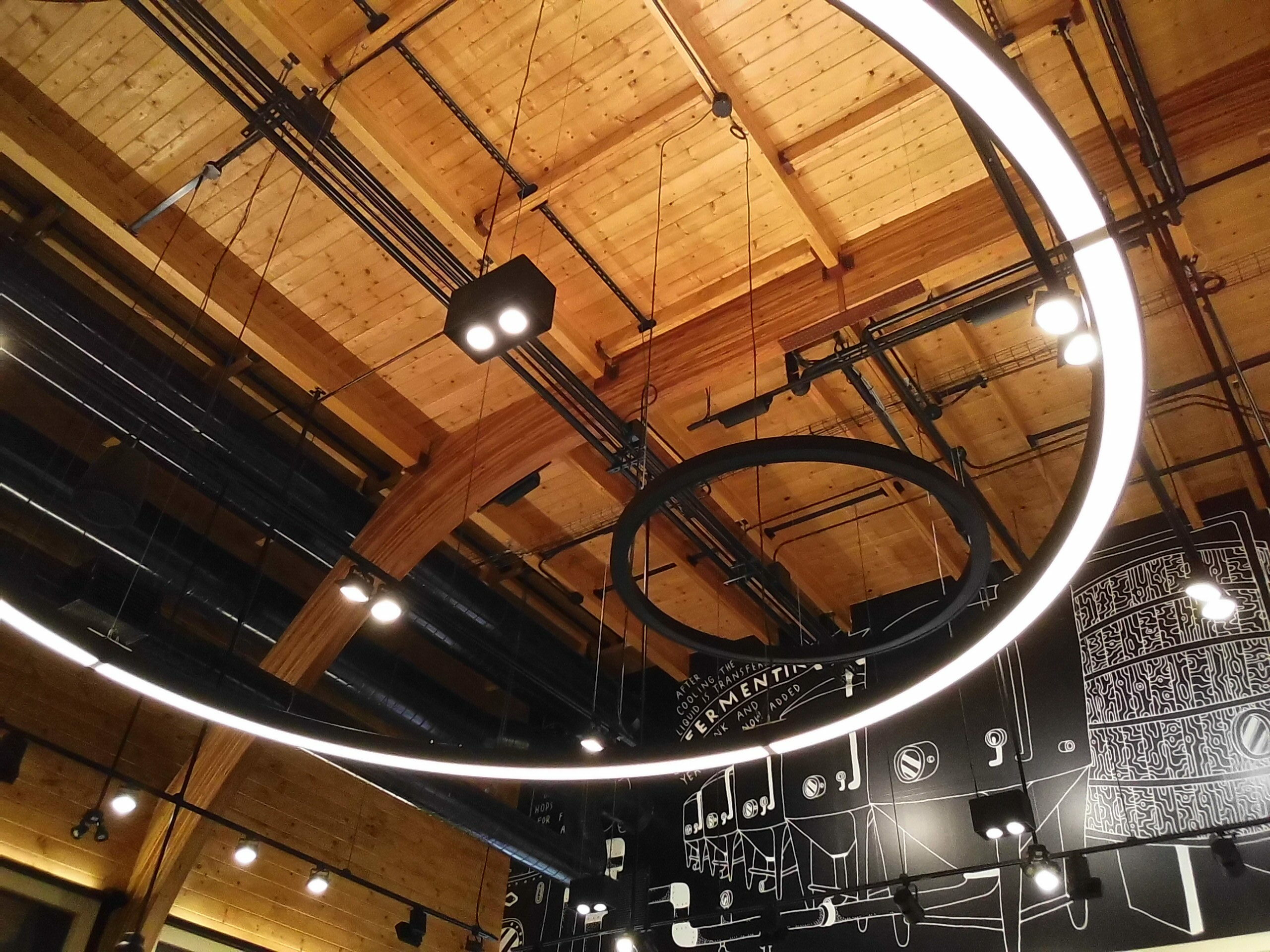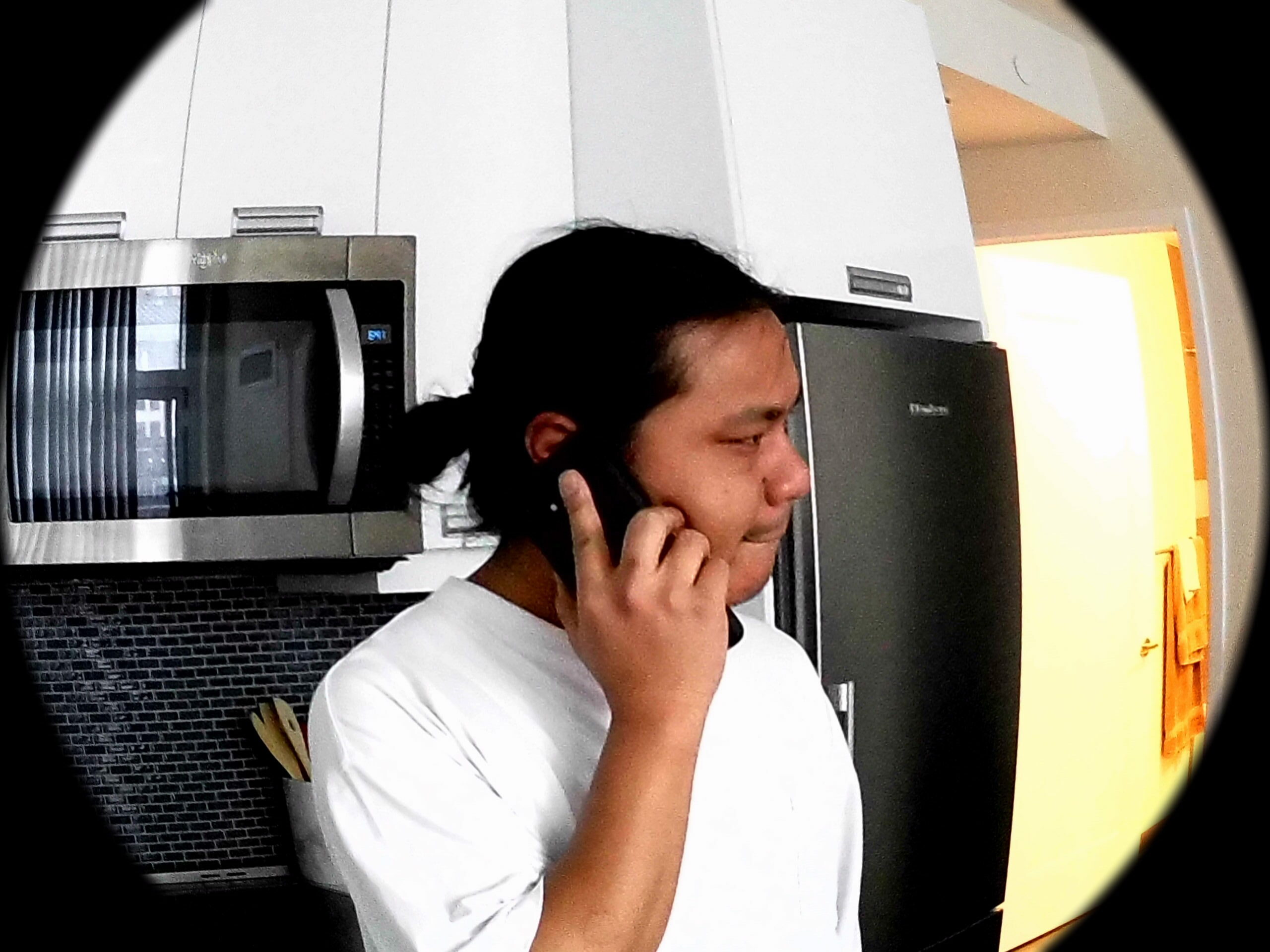
Fujifilm’s Instax line of cameras has taken the world by storm over the past decade, and the Instax Mini Evo seems like the culmination of several of the company’s best ideas into a compact device.
It’s a ton of fun to use, and it’s one of the only cameras I’ve brought out with my friends that they asked questions about and used. It has some drawbacks since it only features a tiny smartphone-sized sensor, but if you’re looking for the best Instax around, this is it.
What makes the Mini Evo so special?
This camera is both cute and cool at the same time. It bridges classic Fuji vintage styling with the small size and large (if kind of fake) lens of an Instax.
Beyond that, this is one of the Instax models that also features a screen on the back and a MicroSD card slot so it can be used as a standard digital camera. The low-res screen isn’t anything special, and photos shot with the Mini Evo look better when you offload them to a phone or computer. They’re not nearly as good as my iPhone 13 Pro or any other modern smartphone, but it’s close in some regards.
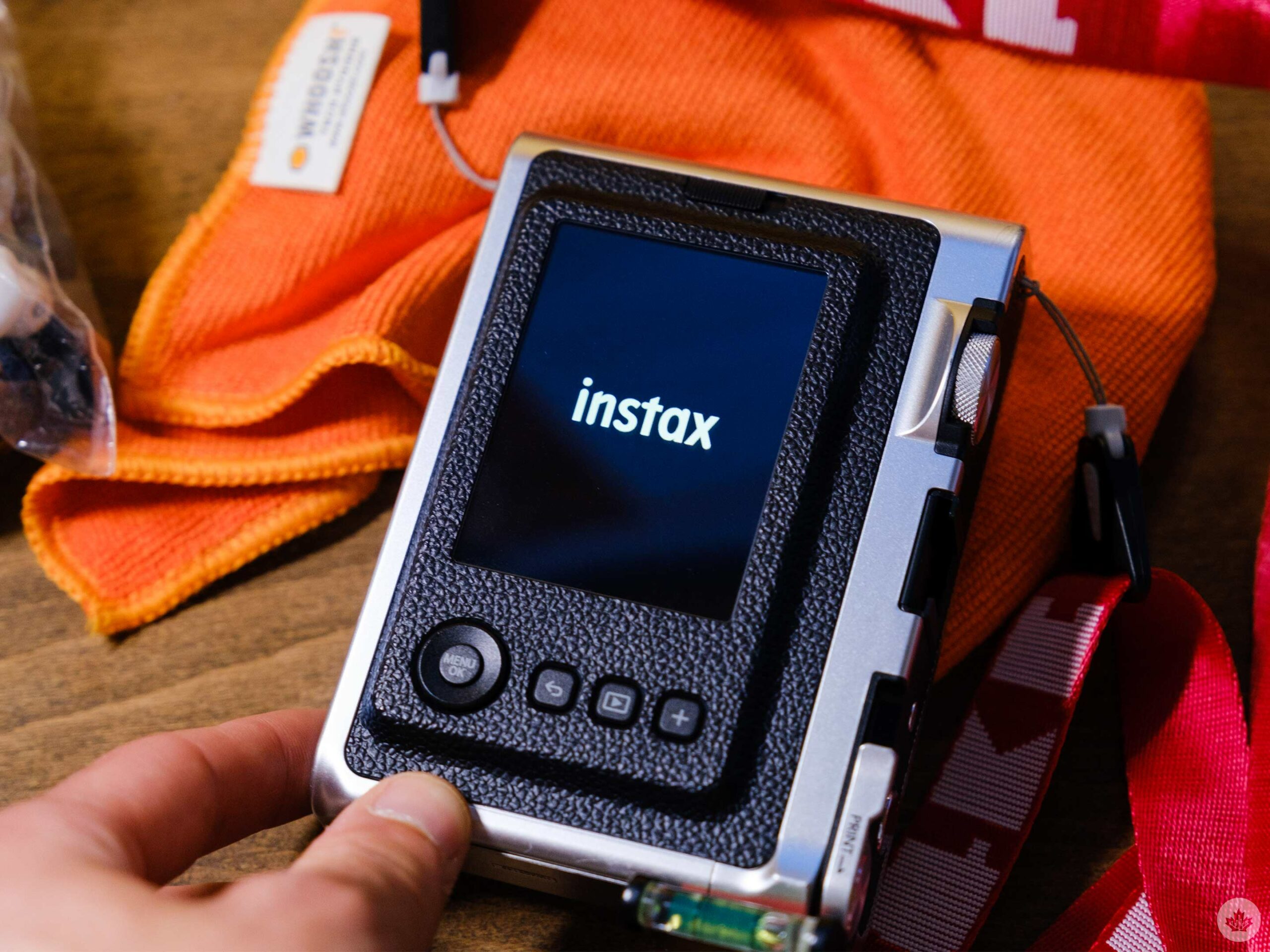
You can, of course, also load a standard Instax Mini film cartridge and print out little pictures on the go. This is a lot of fun, and unlike a standard Instax, the digital nature of the Mini Evo means you can take multiple pics and only print off the best ones. Anyone that’s ever printed off a blurry photo and wasted a print (which costs about $1) knows how helpful this is.
My printer started to make a pretty annoying mechanical whine whenever it prints, which is sad to see from an Instax this expensive, but it hasn’t stopped working yet. I’ll also mention that the first few times I loaded the film, I needed to put it in, close the case, and then squeeze the camera in order actually to get it to click into place. Nothing broke during this process, but it’s disappointing nonetheless.
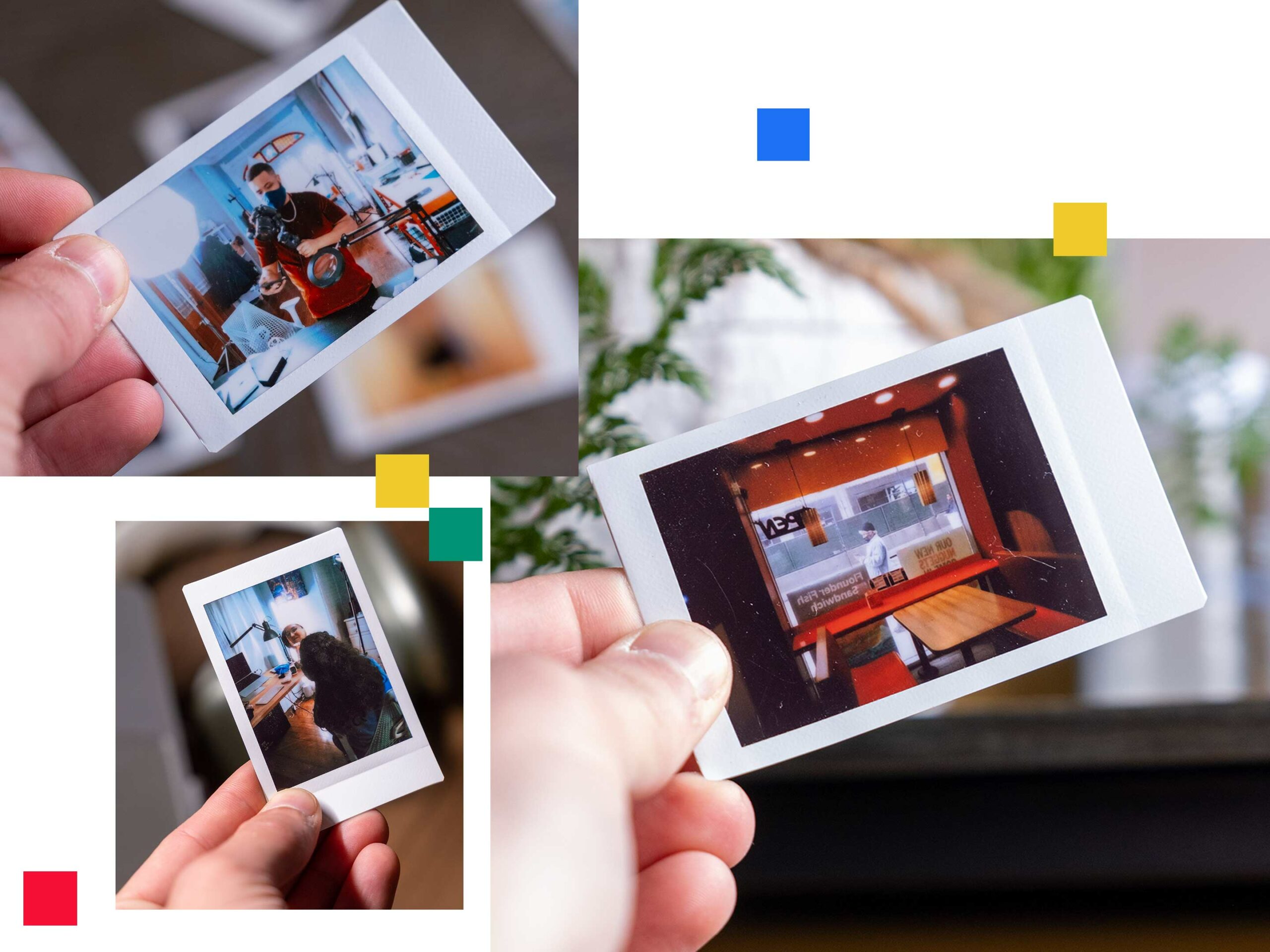
Still, regardless of all of this, the Mini Evo is a blast to use and feels nicer in your hand than you’d expect. The software could use some work, and a larger sensor and faster processor will go a long way toward improving the inevitable 2nd-gen version of this camera in a few years.
The Instax Evo app
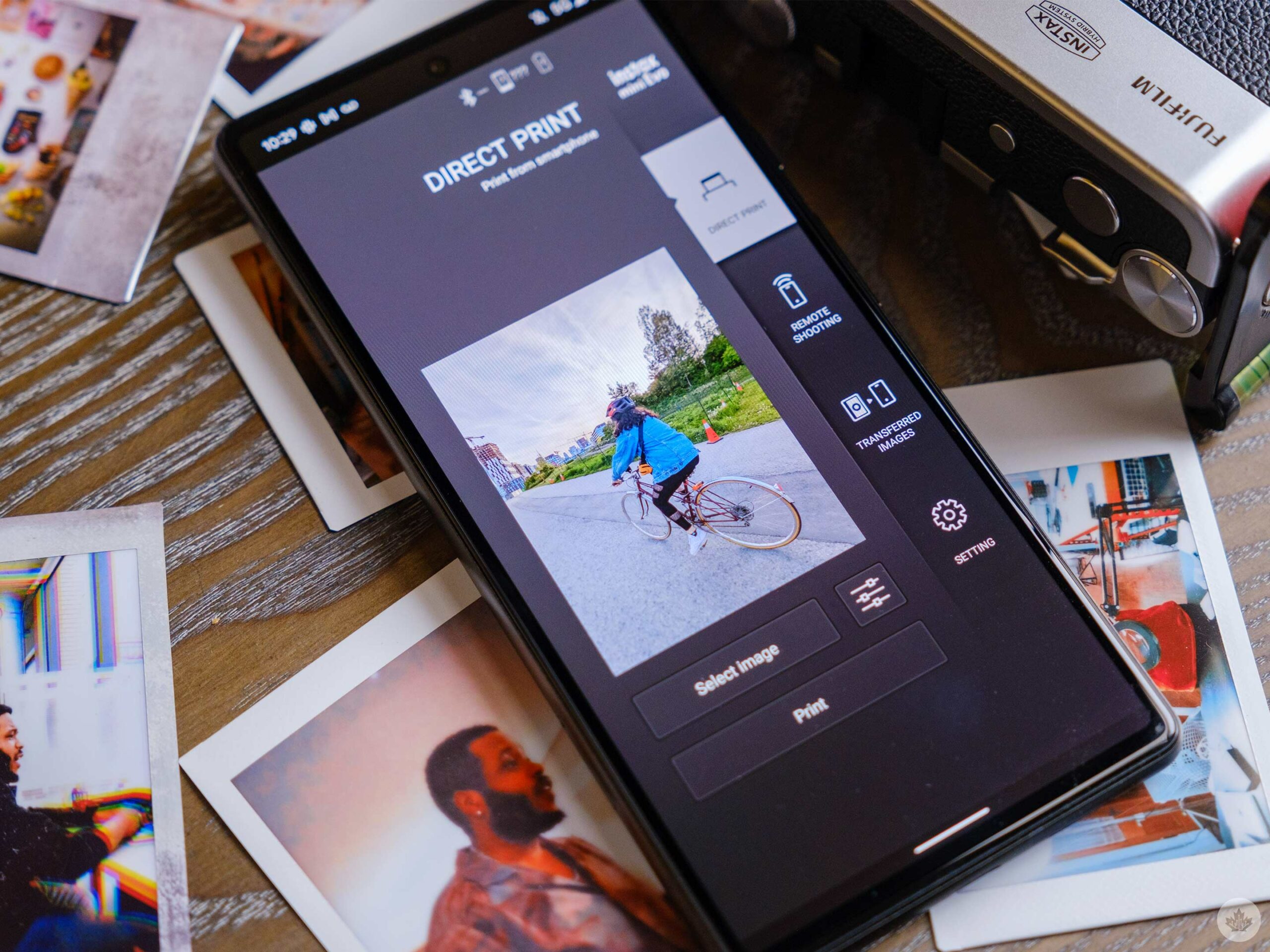
There’s also a connected app for this Instax, which means you can send photos from your phone to be printed on it and vice versa. However, there’s a weird catch that only allows you to send images from the camera to your phone if you’ve printed them. It costs roughly $1 to get images from your camera to your phone, which is ridiculous. If you’re using a MicroSD card, you can take it out and transfer pictures the old-fashioned way, but it’s pretty annoying that Fujifilm has the tech to make this easy, but is essentially pay-walling it.
I’ll admit that this wasn’t a feature I used often. But, the one time that I wanted to edit a photo on my phone, having to print it off before I could edit it felt like I was being taken advantage of — especially since I then needed to print it off again post edit.
You can also use the app for remote shooting, which is fun and works well enough to line up shots.
A camera worth your time?
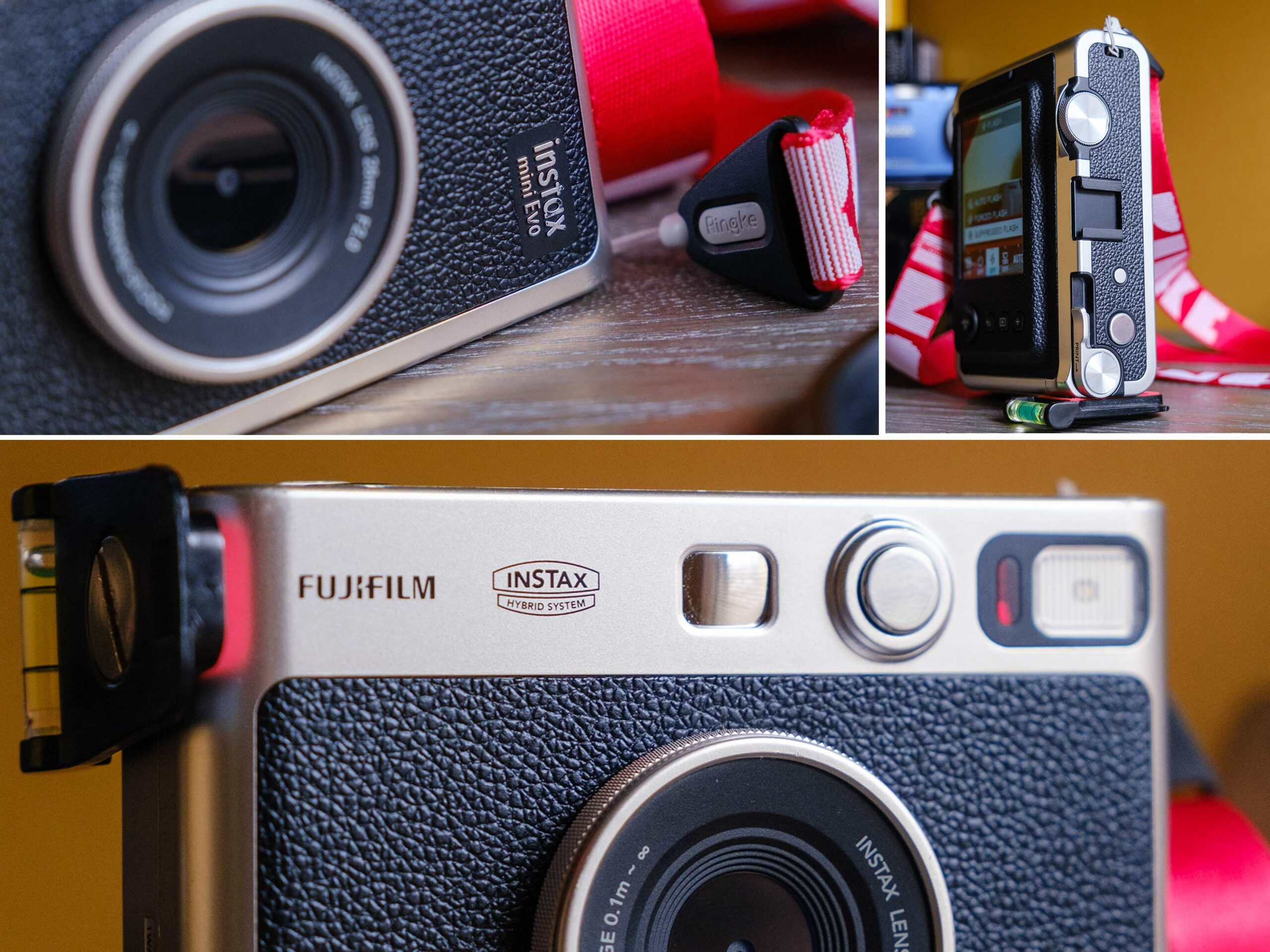
If you’re a fan of the Instax brand or someone looking to get into instant photography, this is a great device. However, its price tag reflects that.
I’d still recommend most people go for the Mini Evo over two separate devices due to convenience, but it would have been nice to see Fuji price this a little more compatibly with its other products. For instance, I think it would be a must-buy at $200.
I still think I’m going to carry my point and shoot 35mm film cameras with me more than the Instax Mini Evo since I like the look of real film more than instant prints, but there’s no denying that this is the best Instax yet.
You can buy Fujifilm Mini Evo for $250.
MobileSyrup utilizes affiliate partnerships. These partnerships do not influence our editorial content, though we may earn a commission on purchases made via these links that helps fund the journalism provided free on our website.
MobileSyrup may earn a commission from purchases made via our links, which helps fund the journalism we provide free on our website. These links do not influence our editorial content. Support us here.



